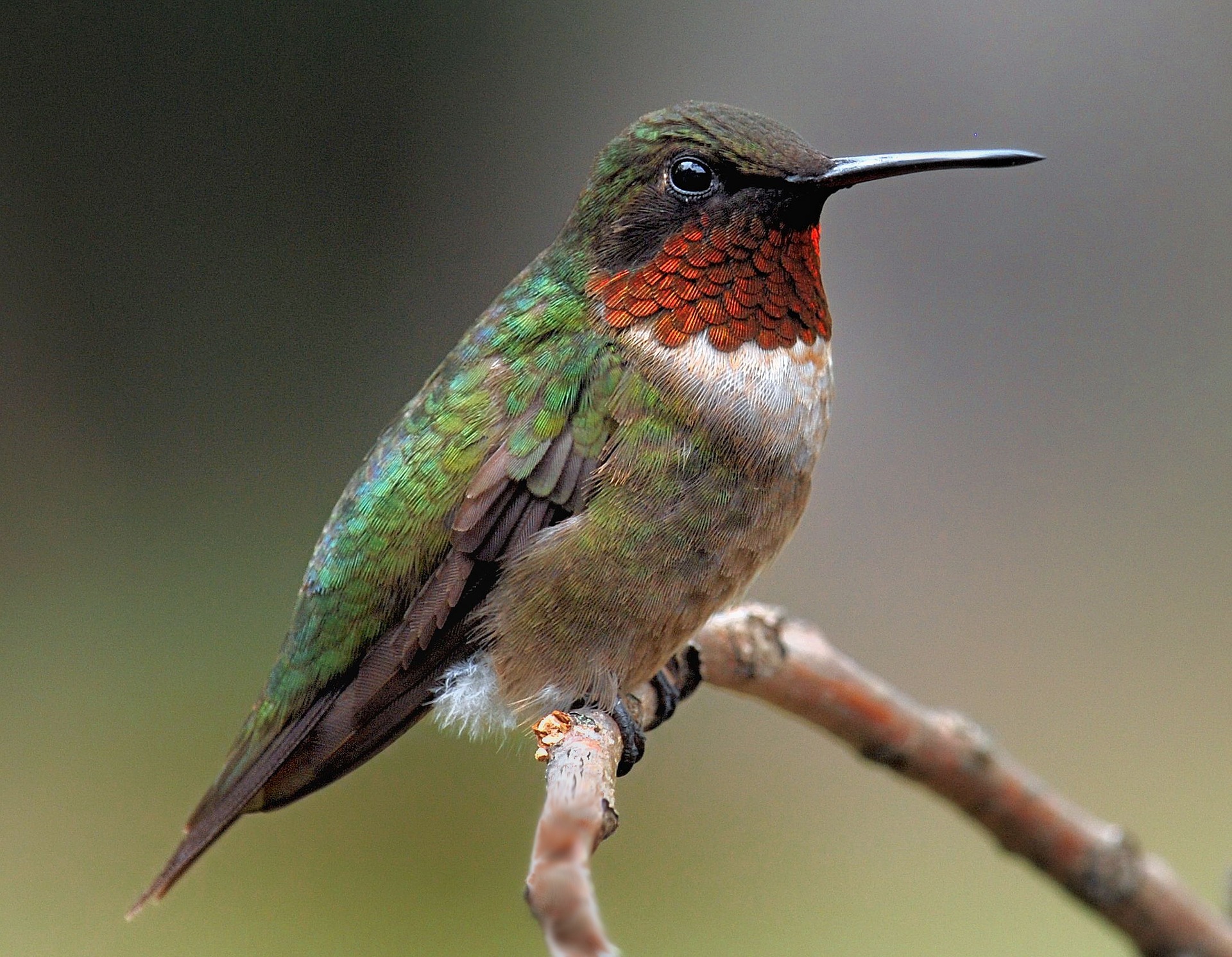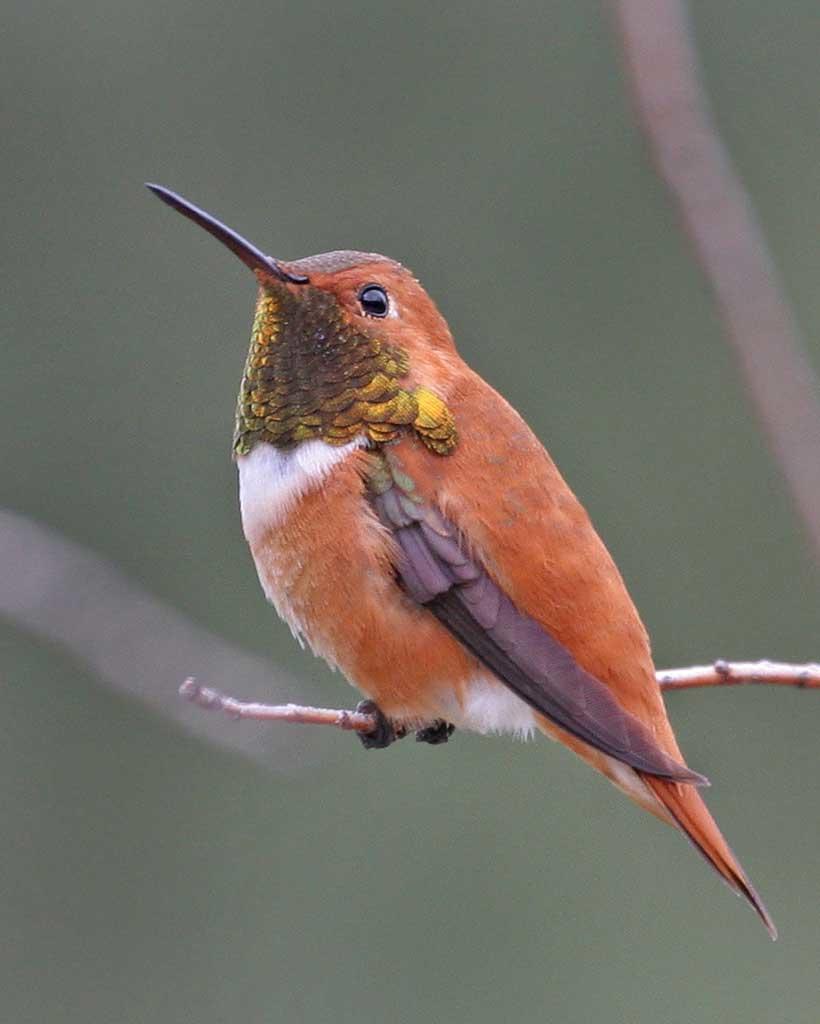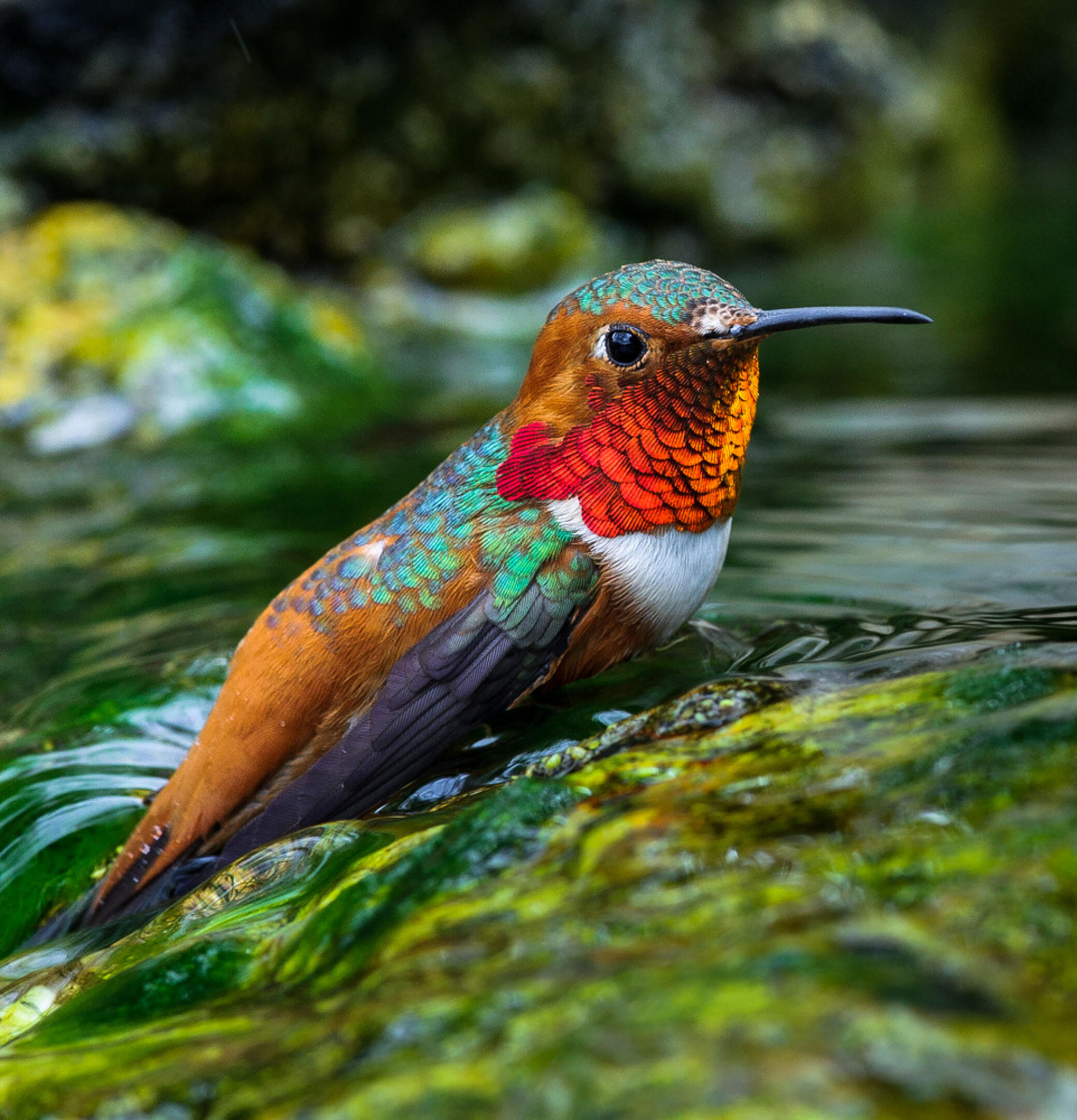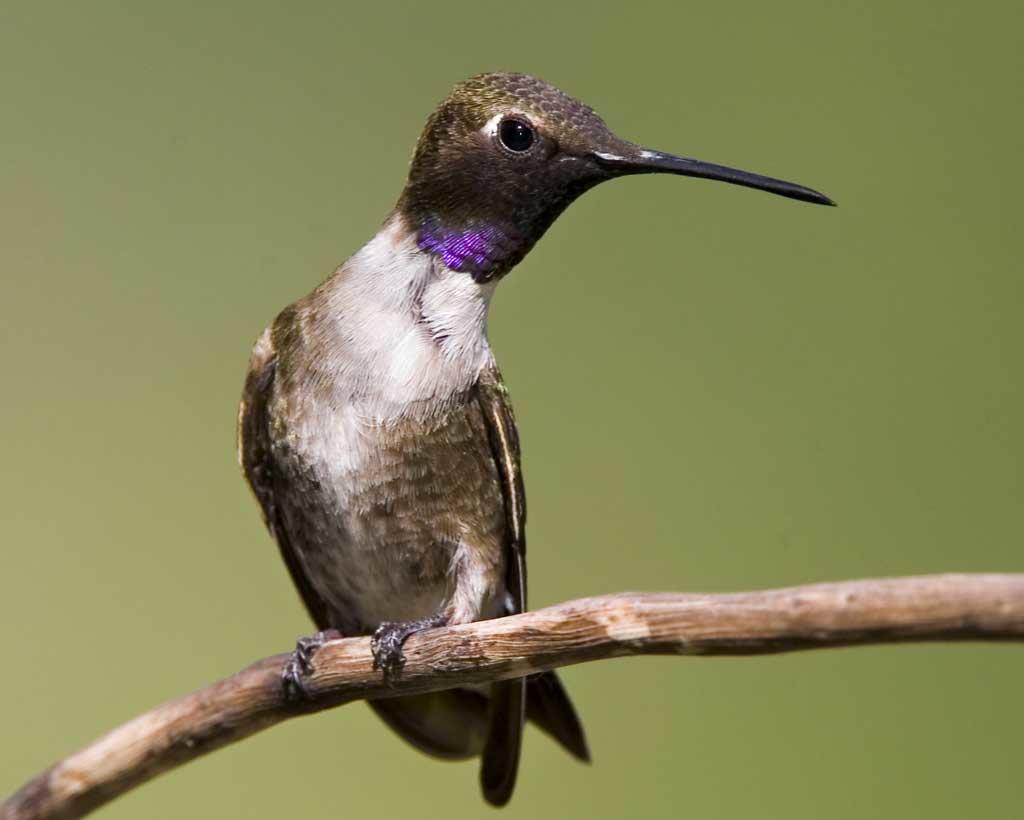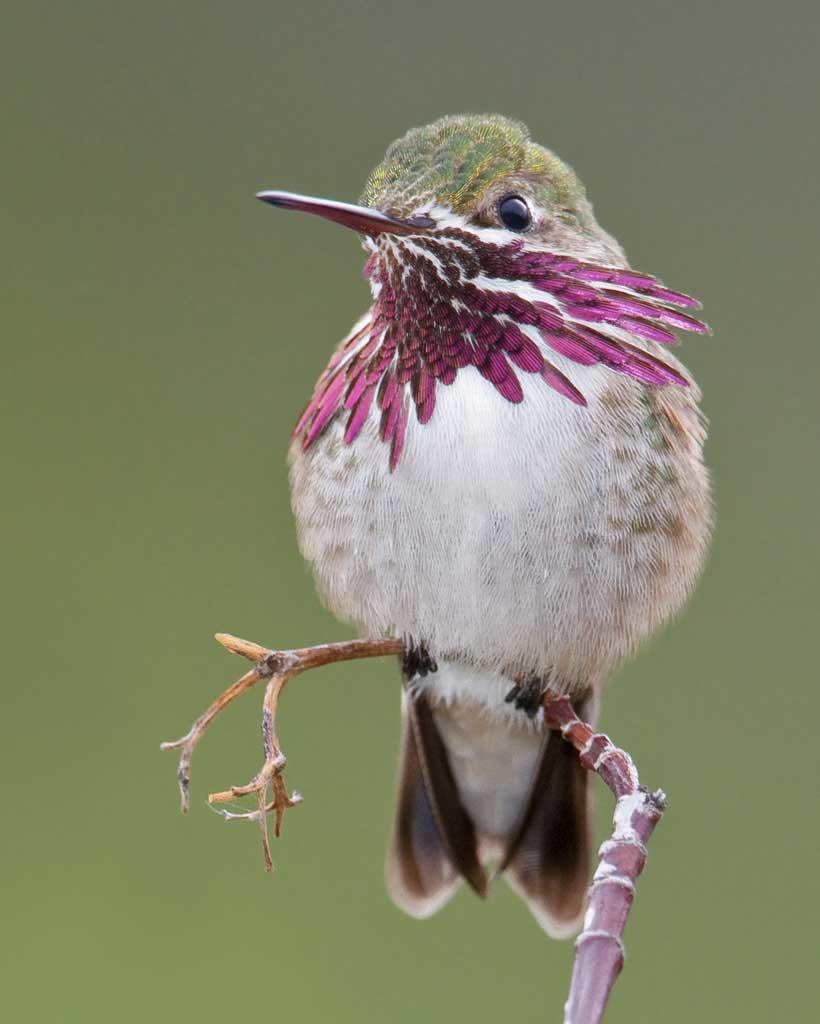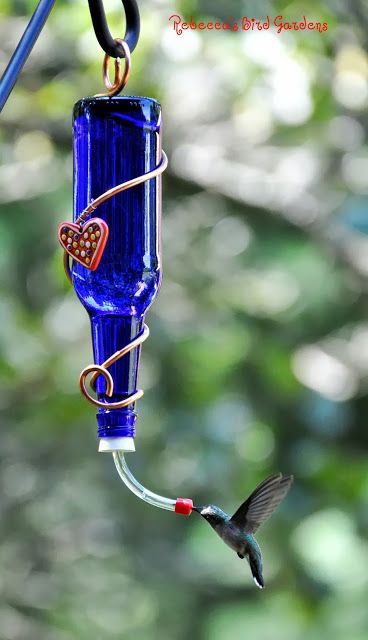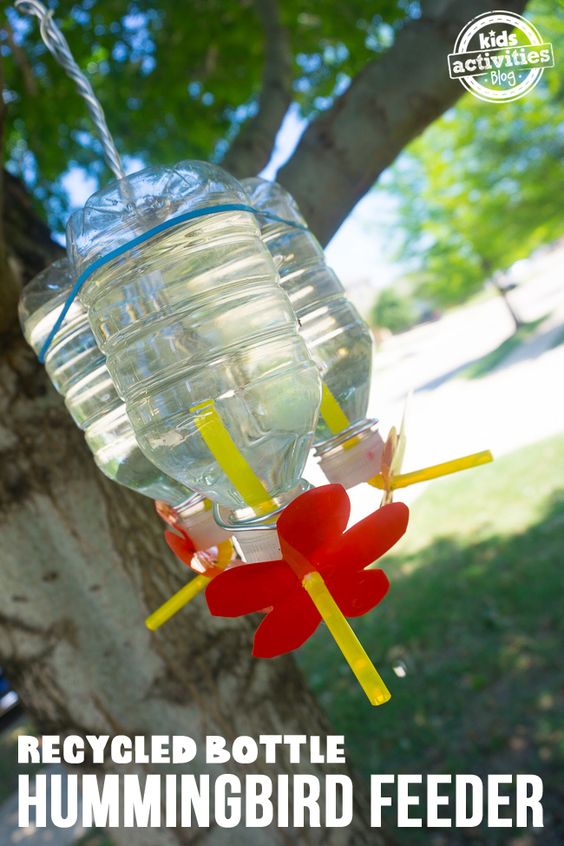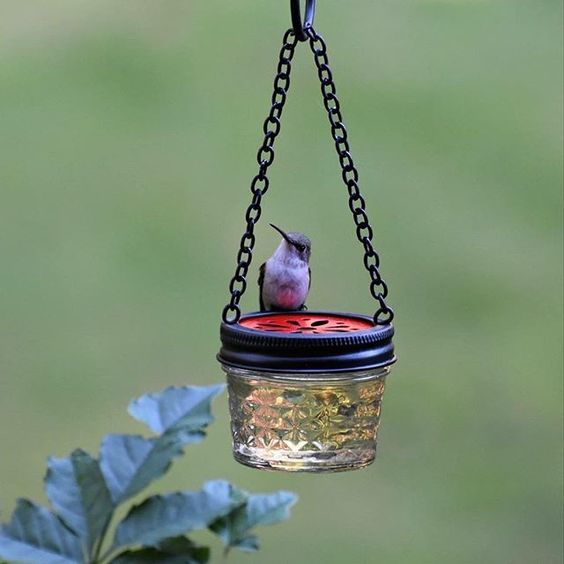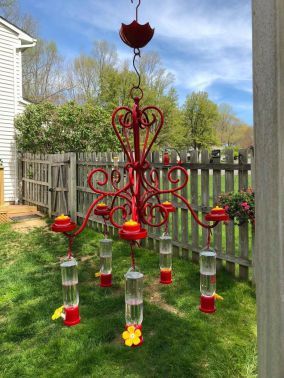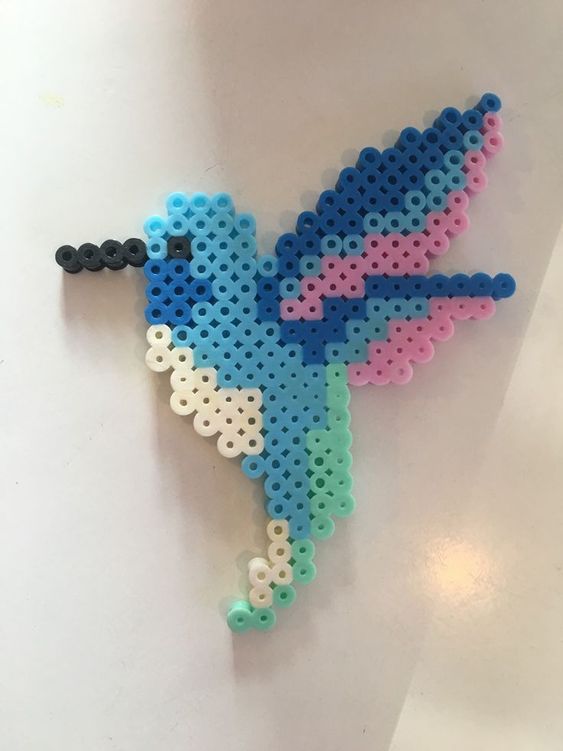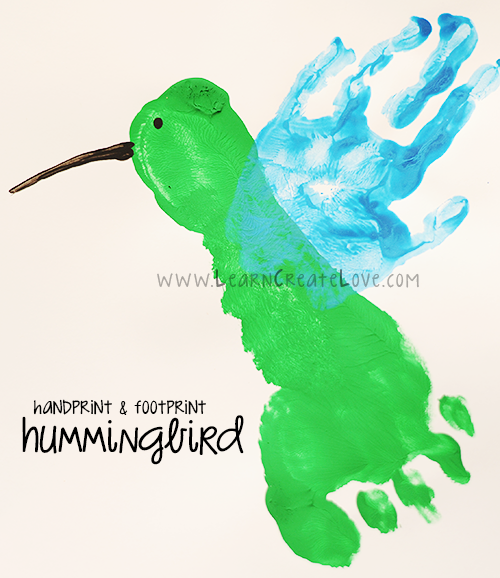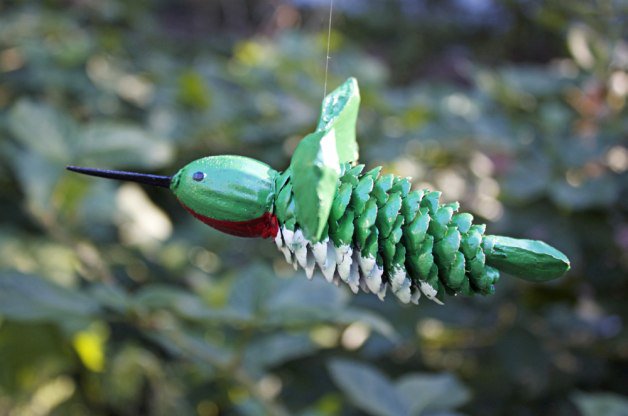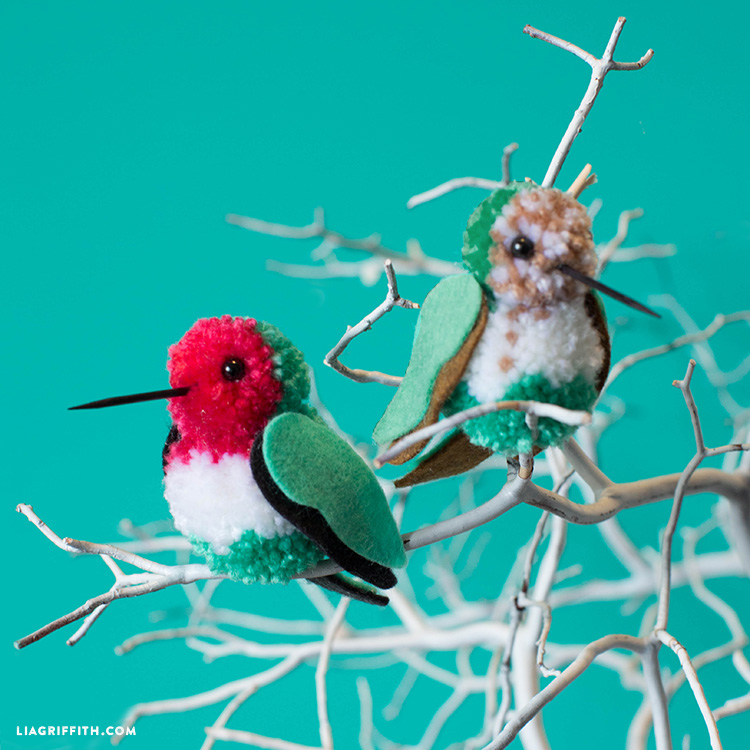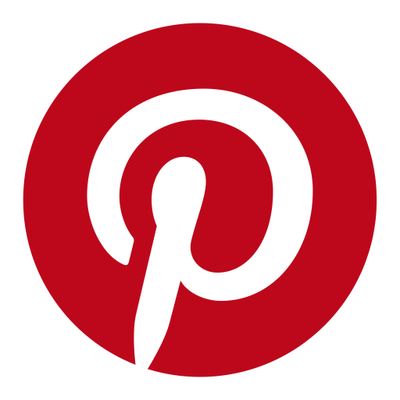
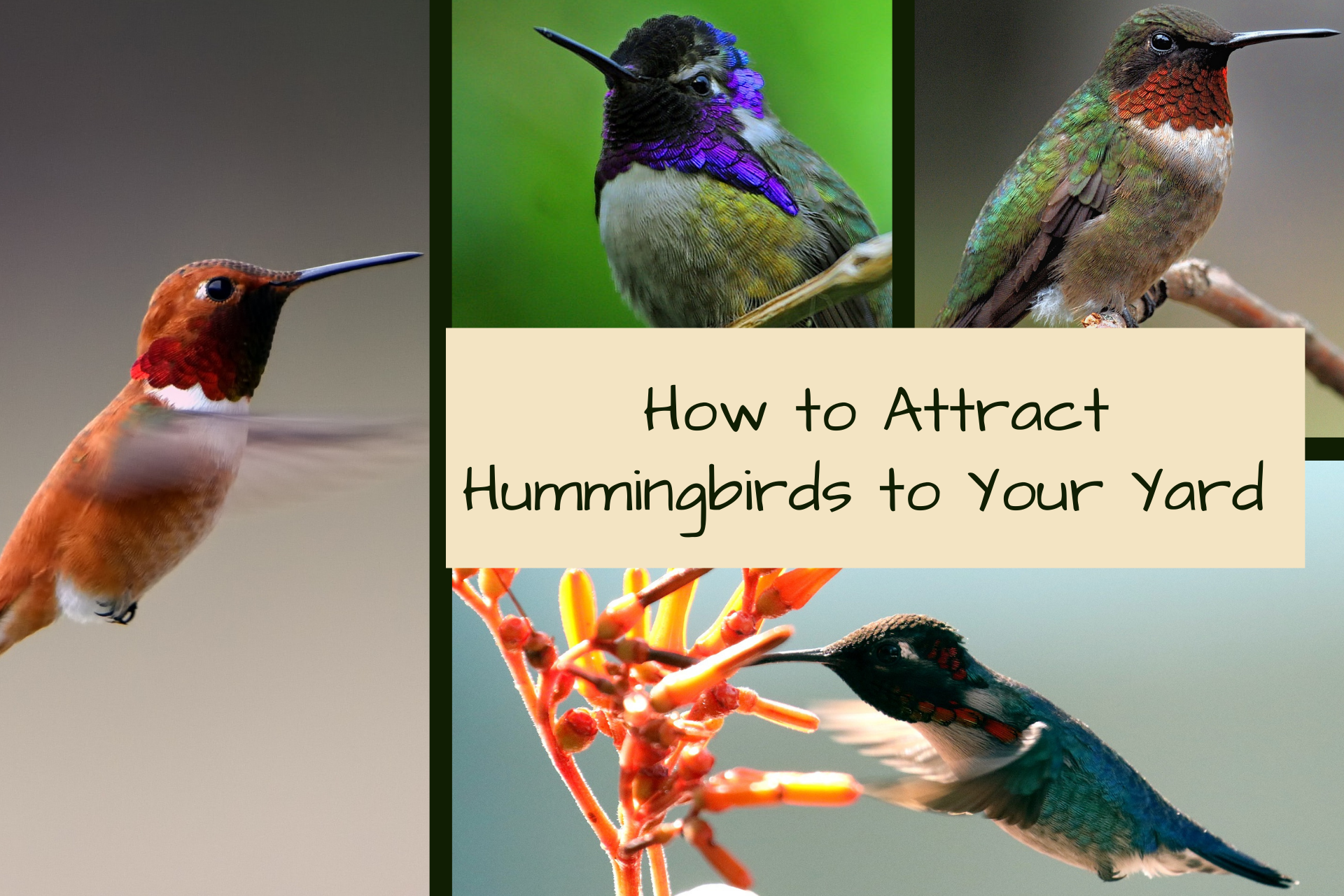

Hummingbirds are beautiful creatures with an amazing story to tell…if only they could tell it themselves. Luckily, scientists have studied these marvels of the natural world enough to know most of that story, and I’m going to share some of it with you today. In this article, you’ll:
learn about hummingbird biology through words, pictures, and activities;
find some great ideas for hummingbird crafts you can make at home; and
learn how to attract hummingbirds to your backyard.
Please note, this post contains affiliate links. If you click through and make a purchase, I receive a small commission. This doesn’t cost you anything, but it makes me happy…so happy that I might even go out and hug a tree! Thanks for your support! Read my Disclaimer for additional information.
Different Kinds of Hummingbirds
There are more than 300 species of hummingbirds worldwide, but only a couple dozen visit North America. Of those, very few will stay year-round. Instead, they migrate to warmer climates (Central and South America) when it gets cold.
So, why don’t hummingbirds stick around all year? To put it simply, hummingbirds are not fond of winter (kind of like me). Not only do they dislike cold temperatures, but their favorite energy source, nectar, is not readily available during the fall and winter months (plants are dormant). To learn more about hummingbird migration, keep reading…

Which Hummingbird Species Visit the United States?
In the United States, several species of hummingbirds visit our backyards during the spring and summer each year. Below are some fun facts about the most common hummers found in the U.S. You can learn about the more rare visitors HERE.
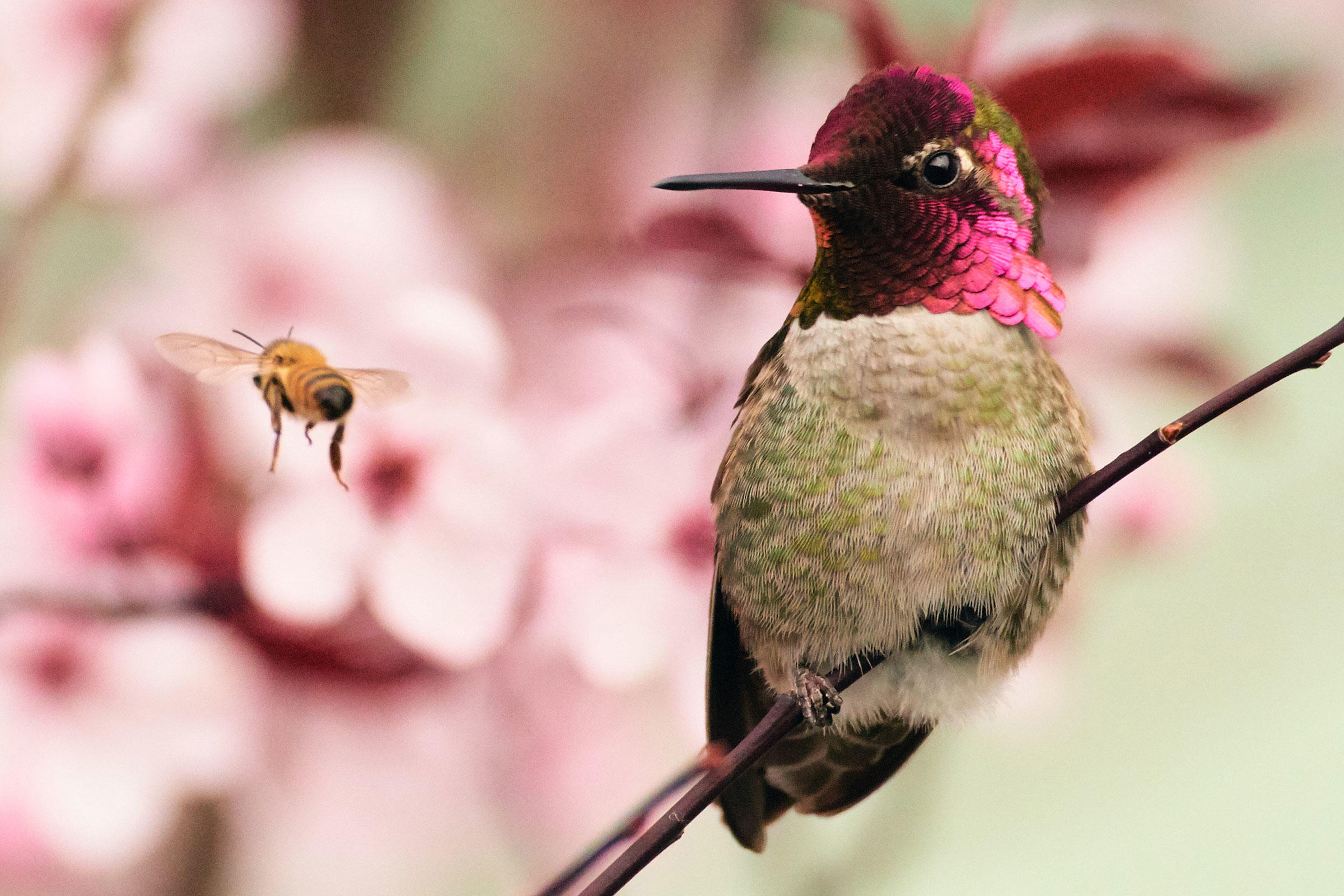
Photo Credit: Alan Peterson | Audubon Photography Awards
Anna's Hummingbird
Scientific Name: Calypte anna
Range: Western coast of North America from Southern British Columbia to southern California
Hummer Facts: This species is easily recognized by their bright magenta or red crown and neck. Common visitors to the suburbs, Anna's hummingbirds will nest in backyards. This tough little bird even hangs around during the winter!
To learn more, click on the photo.
While I only listed the eight most common species found in the United States, there are another couple dozen that can be found passing through from time to time. Most of the other 300+ species are tropical and don’t need to migrate. If you ever visit Central or South America, ask the locals how many different kinds of hummingbirds they have living in their area. I bet you’ll be surprised by the answer!

What to Feed Hummingbirds
Many people mistakenly believe that hummingbirds survive on nectar alone, but this isn’t true. Hummingbirds also feed on small insects for protein to help them grow and reproduce. Nectar (and sugar water in your feeder) provides the birds with energy for flight and helps them maintain their high metabolisms.
Hummingbirds don’t suck nectar up through their bills (like a straw). Instead, they lick the nectar with tiny, forked tongues. A hummingbird can lick between 10 and 15 times per second. How many times per second can you lick a popsicle?
Make Your Own Hummingbird Feeder
Hummingbird feeders come in all different shapes and sizes. You can purchase a pre-made feeder at your local garden center or make your own from recycled products. If you choose to purchase a feeder, look for one that has bright red accents and plenty of feeding ports so the birds don’t have to fight so much for space.
Many store-bought feeders have yellow flowers on each of the feeding ports. This isn’t necessary and may actually attract bees. Make sure the feeder is easy to clean as well. You’ll be doing that a lot!
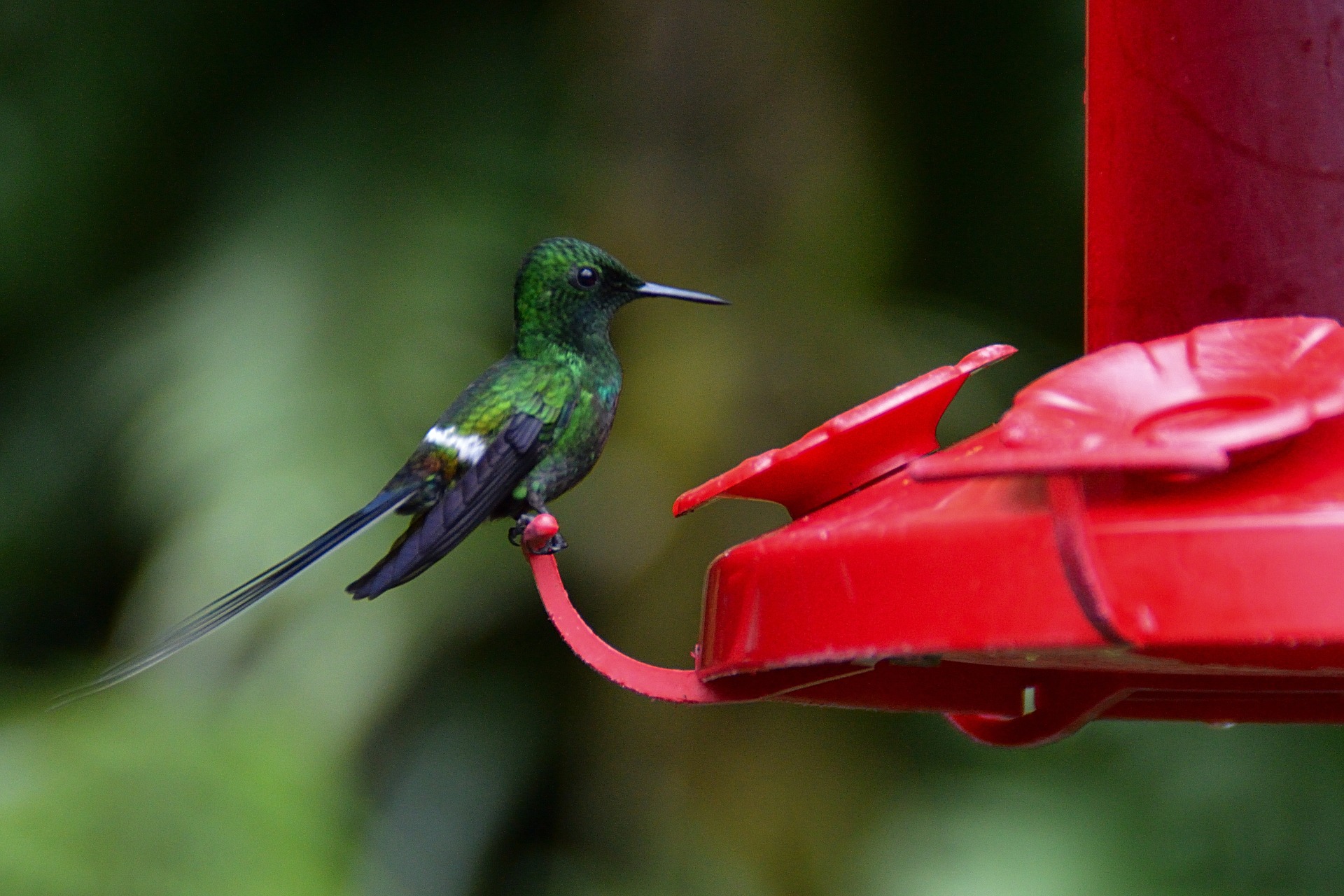
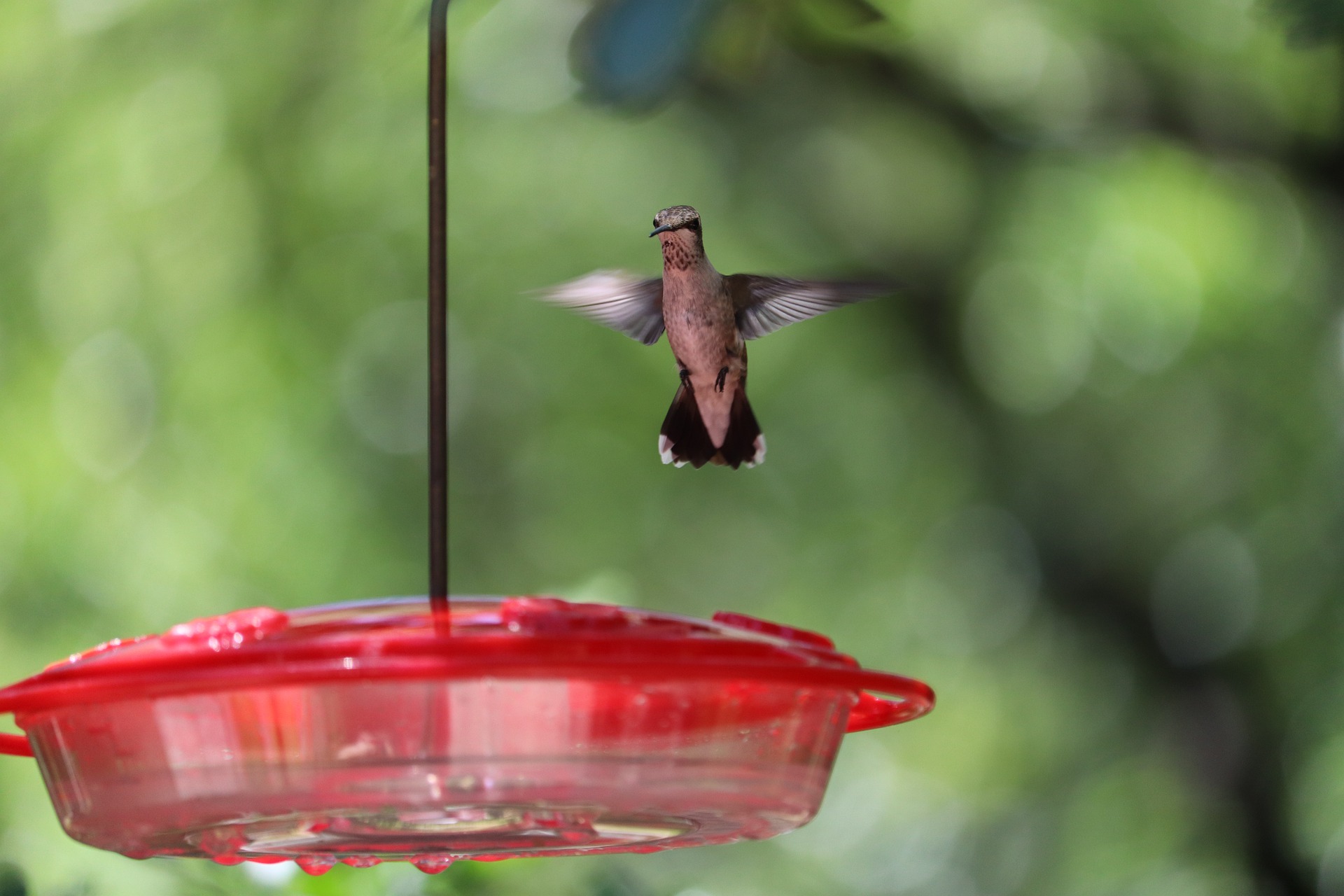
If you have trouble with ants getting into your feeder, try one of the saucer-style feeders instead. The nectar is held in the glass container below the feeding ports, rather than dripping down from above. Many of these models have a moat around the handle that helps deter ants. You may also want to check out this article for other anti-ant ideas.
If you prefer making your own feeder, here are a few suggestions:
Whether you purchase a feeder or make one, be sure it stays bright and colorful. Replace your feeder (or repaint it) when it fades. Hummingbirds are most attracted to red, yellow, orange, and magenta colors. Fill your yard with brightly-colored garden ornaments and accessories, and you’ll attract more birds. Place your feeder near trees or other shelter and out of direct sunlight (if possible).
Feeders should be cleaned each time you refill them. Use a bottle brush to clean the reservoir, making sure to eliminate any algae or mold growing inside. Smaller wire brushes can be used to clean the feeder ports. It’s a good idea to soak the feeder in soapy water occasionally as well.
Sugar Water for Hummingbirds
Hummingbirds aren’t too picky when it comes to nectar. They’ll happily drink from your feeder, but don’t waste your money buying nectar at a store. Not only is it more expensive, but store-bought nectar is often dyed red, which can be harmful to the birds. Instead, make your own with two simple ingredients: sugar and water.
Use a 4 to 1 mixture. For one feeder, you can boil two cups of water in a microwave (or on the stovetop) and then add ½ cup of sugar. For more than one feeder, boil four cups of water and add one cup of sugar. Stir until the sugar is completely dissolved and then allow the mixture to cool for a few minutes before pouring it into your feeder.
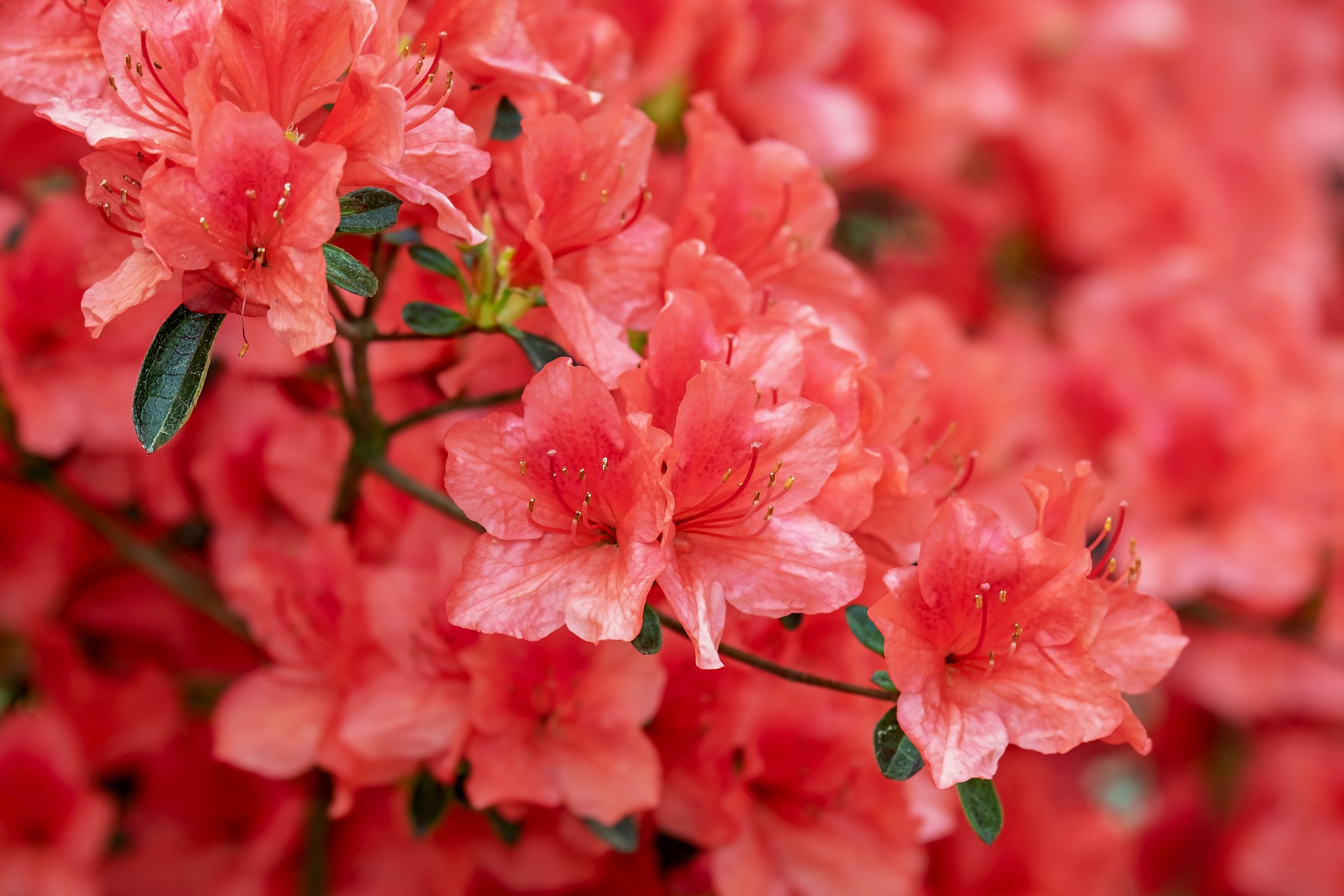
Azalea
Plants That Attract Hummingbirds
Feeders are an easy way to keep hummingbirds happy, but natural nectar is even better. There are several different flowers you can plant in your yard to attract hummingbirds. Here is a short list:
Azalea
Honeysuckle
Morning Glory
Columbine
Foxglove
Hosta
Yucca
Fuschia
Impatiens
Petunia
Salvia
Lobelia

Columbine and Fuschia

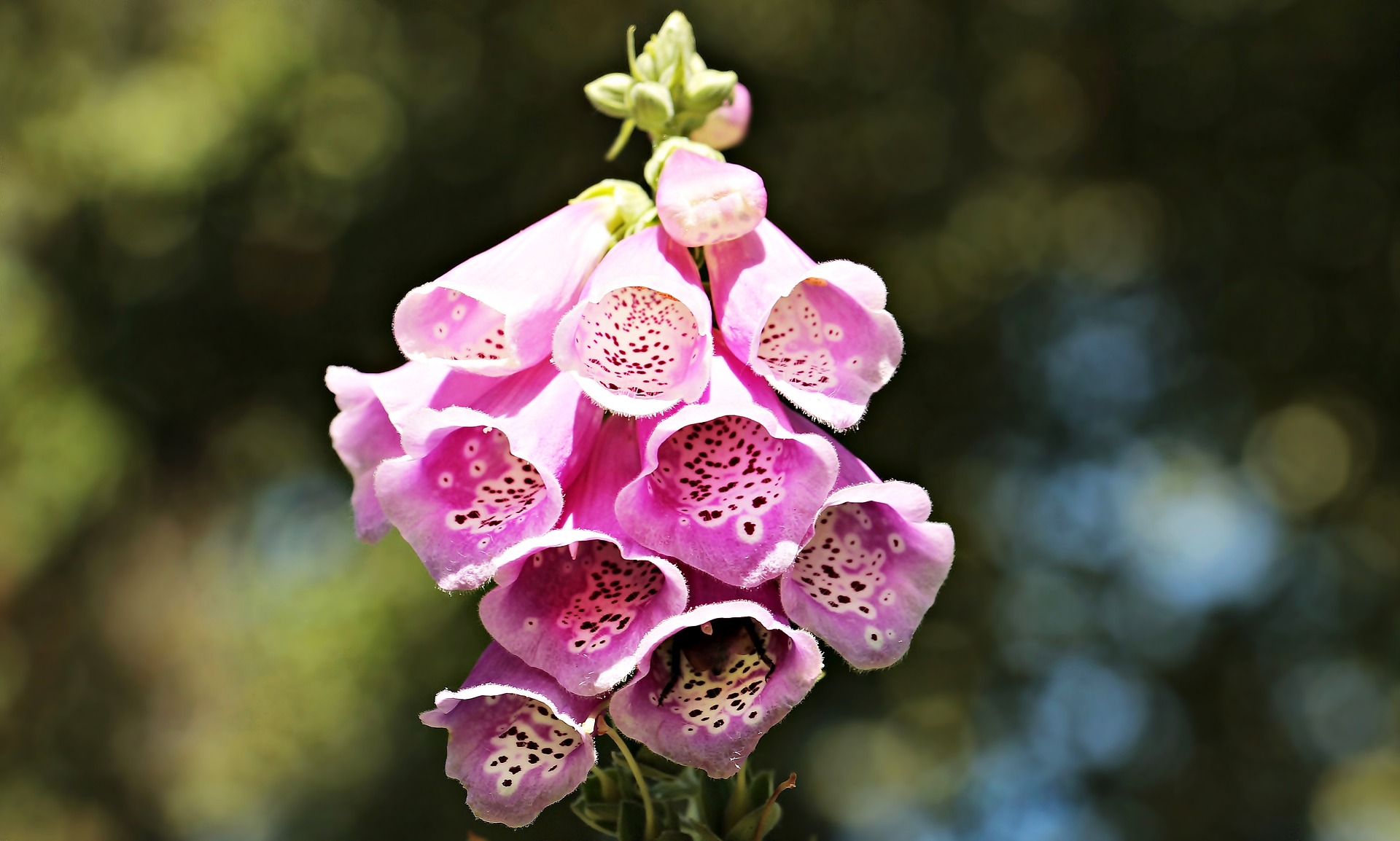
Foxglove and Salvia
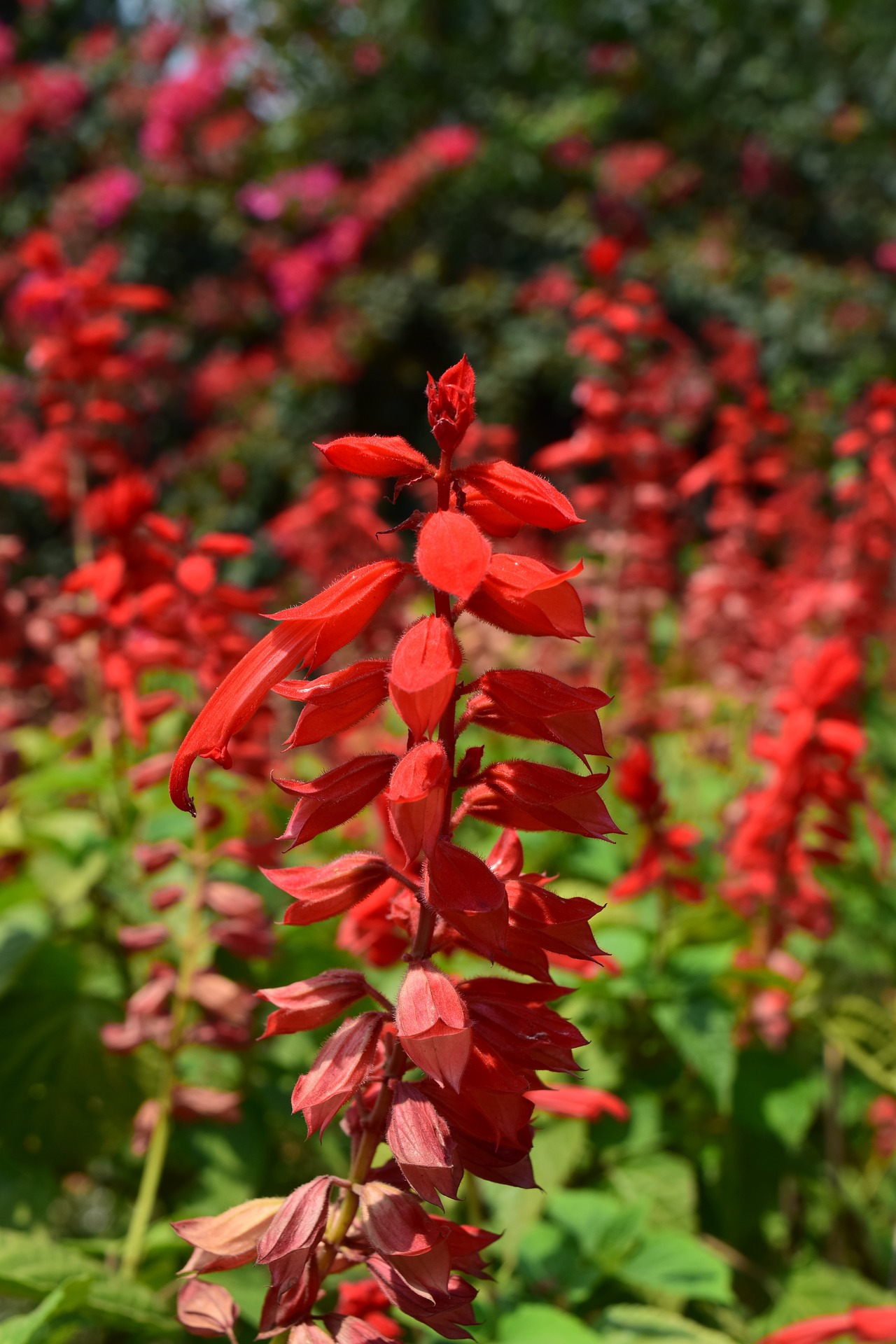
Hummingbirds like to feed from a variety of sources. Plant some of the more bushy flowers in low planter boxes or in a raised garden. Plant flowering vines against your house with a trellis for support. If you’re unsure which flowers to plant in your area, check with your local garden center.
Hummingbird Flight
Hummingbirds are true masters of flight. These tiny birds beat their wings between 50 and 200 times per second depending on their direction. Hummingbirds are the only species of bird that can fly backwards and even upside down for short stretches! Typical traveling speed is roughly 30 miles per hour, but they can reach up to 60 miles per hour in a steep dive.
To find out, have a friend time you for 15 seconds and then divide that number by 15. The result will tell you how many times per second you can flap your wings. How do you compare to hummingbirds?
A hummingbird can digest natural sugar, called sucrose (found in nectar), in 20 minutes or less. They convert 97% of what they consume into energy. That’s amazing! Humans only convert between 15 to 25% of our food into useful energy. The rest is lost as heat.
How High Do Hummingbirds Fly?
Some species of hummingbirds in Alpine regions have been found as high up as 16,000+ feet!
How do they do it? Well, hummingbirds have the highest metabolic rate of any vertebrate, which means their heart beats up to 1,260 times per minute. The higher they climb, the less oxygen they are able to breathe…but that doesn’t stop them. Hummingbirds have evolved hemoglobins (cells found in your blood) that can bind to oxygen at much more efficient levels than other species. That means they don’t need as much oxygen, which is pretty convenient when there isn’t much to be had in the higher elevations.
Some scientists think hummingbirds choose to fly higher up in the atmosphere during migration to avoid predators. Not only are they safer that far up, but they can also take advantage of tailwinds to help them fly easier and cooler temperatures to prevent them from overheating.


Why Do Hummingbirds Migrate?
Like many other birds, hummingbirds migrate south in the winter to avoid the cold temperatures and lack of food (no flowers or insects). Most of our hummingbirds spend their winter in Central America before coming back in the spring (usually heading back north in early March). You can see the various species that have been spotted so far this year in the U.S. on this migration map.
If you want to help these little guys out with their travels, you can start by putting out your hummingbird feeder in early March for returning birds. You won’t need to fill it all the way (half-full is good) because there won’t be many birds. Once summer begins, though, you’ll be refilling your feeder daily.
Keep the feeder out all summer. When it’s time to head south again, it’s important for hummers to have feeders they can rely on to help get them through their long journey. Don’t take your feeder down until late October (or whenever you notice it’s not being used). If you live in the Pacific Northwest, you might even consider leaving your feeder up year-round. Anna’s hummingbirds stick around during the winter and could use the extra boost of energy. Can you find one in the photo below?

Which Hummingbird Flies the Farthest?
The rufous hummingbird wins the award for the longest migration of any hummingbird species. These birds fly over 3000 miles from their summer home in Alaska and Canada to their winter home in Mexico. While not as far, the ruby-throated hummingbird flies 500 miles non-stop across the Gulf of Mexico during its migration.
Have you heard the rumor that hummingbirds hitch a ride on the backs of other birds during migration? Well, I hate to burst your hummer bubble, but that’s just a myth. Hummingbirds make these extraordinary journeys all on their own.

Other Ways You Can Help Hummingbirds
Hummingbirds are such tiny creatures that it’s hard to imagine them crossing all of North America to return to their winter homes. If you’re as fascinated by these amazing birds as I am, you’re probably wondering if there is anything else you can do to help them out while they’re visiting us. We’ve talked about the ways we can provide them with “fuel” in the form of sugar water and the different types of flowers we can plant to encourage them to hang out in our backyards, but what else can we do to attract hummingbirds?
Ullam qui culpa officiis quo accusamus et numquam. Non dolor exercitationem expedita et rerum. In corporis delectus et magnam rerum. Et maxime natus sed aut temporibus dolor qui.
Make a Hummingbird Perch
Hummingbirds have tiny feet that they use strictly for perching and resting. You’ll never see a hummingbird walk or hop along the ground on its feet like other birds do. Part of the hummingbird’s evolution towards fast and efficient flight involves the development of smaller feet. The smaller your feet, the less drag you produce when you fly.
Hummingbirds are on the go constantly, but they do need their rest from time to time. Providing them with small branches to perch on when they need to take a break is very important. If your yard has a few trees, this won’t be a problem. However, if you don’t have any natural places for hummers to perch, you can make a few.
Here are a couple of examples of homemade hummingbird perches:
Grapevine Hummingbird Perch
Personally, I like the grapevine perch. It is more natural and easier to craft. Be sure to use a small, thin stick for the birds to perch on and place the perch near a feeder in a protected spot. Click on the image with the yellow goldfinch for a tutorial.
Copper Wire Hummingbird Perch
These copper wire perches aren’t difficult to make but will require some help from mom and dad. Click on the image for a full tutorial.
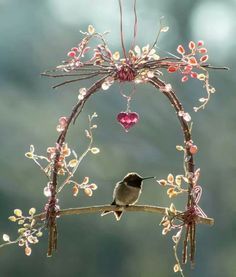

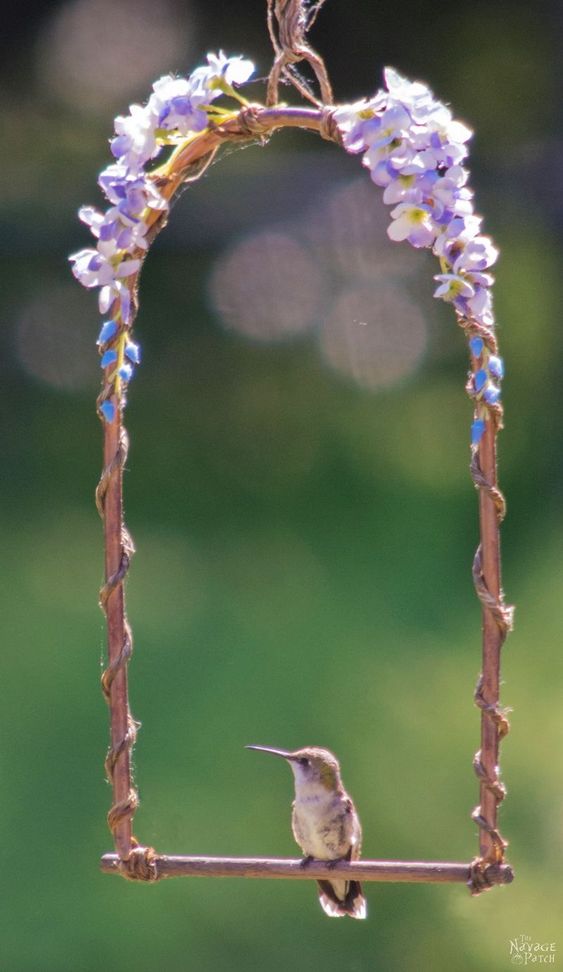
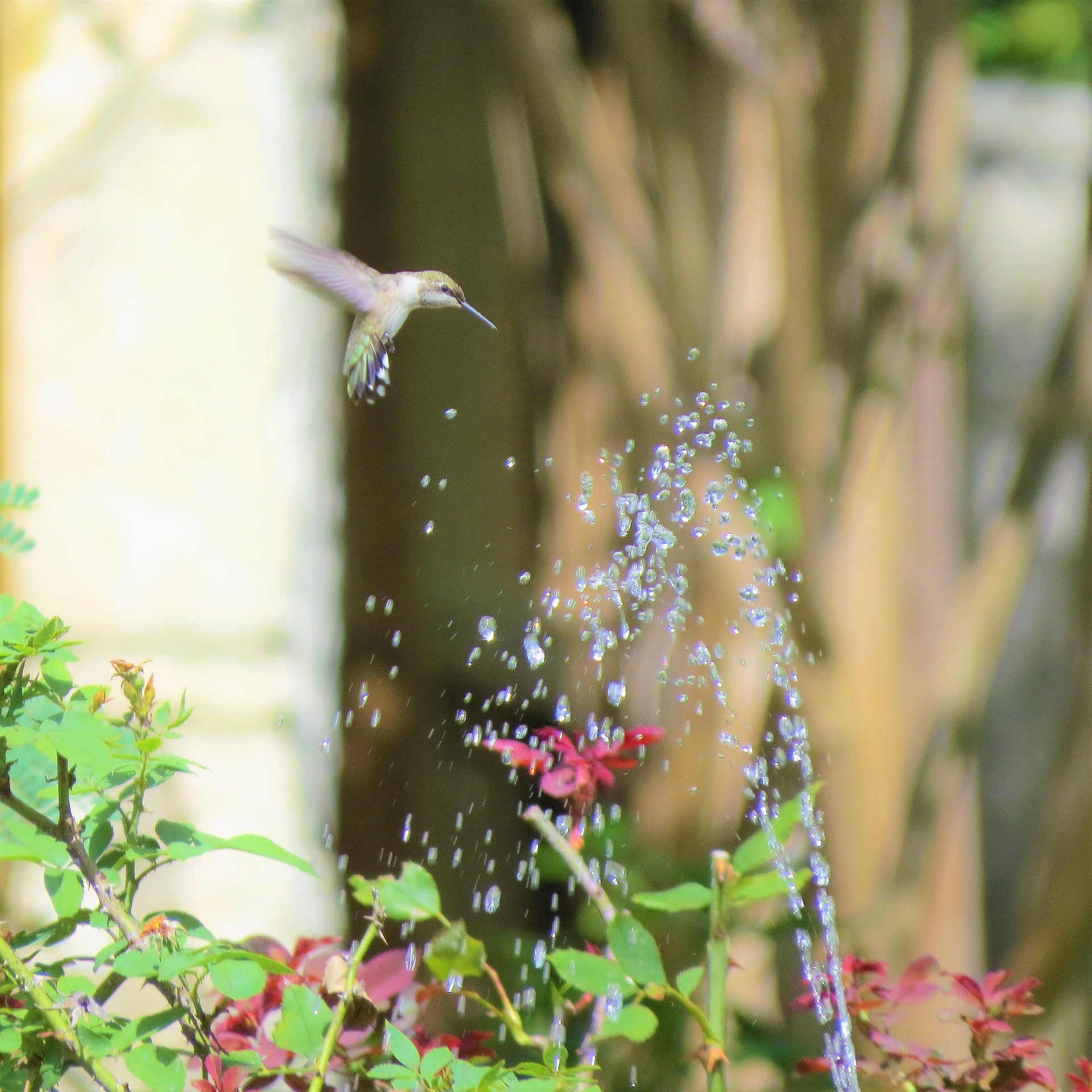
Hummingbirds Love Bathtime
A normal bird bath doesn’t work for hummingbirds because they’re so small. They need a very shallow bath that they can splash around in easily. Misters are a great way to provide hummers with a way to cool off and water to drink. You can purchase a mister attachment for your garden hose at your local garden center. Place your mister near bushes or trees so the birds can perch and rub against the wet leaves to bathe.
My favorite option for hummingbirds, however, is a water bath. It’s so much fun to watch them splash around in the water. The simplest way to create a hummer bird bath is to purchase a small solar fountain (they’re not expensive at all) and place it in the center of a very shallow dish or bowl. However, if you want to go "all in" on your hummingbird bath, try this design (click on the image below for instructions):
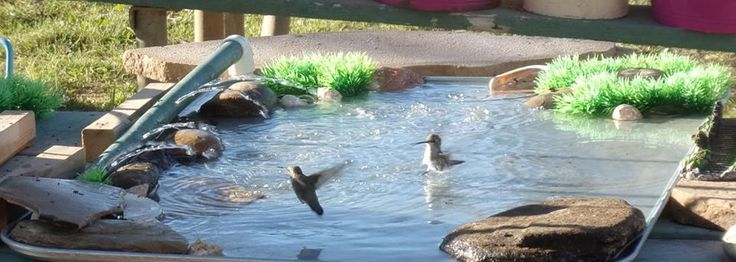
Hummingbird Craft Ideas
Now for the real fun…it’s time to make some hummingbird crafts to show your little bird friends how much you love them! You can help hummingbirds even more by hanging your crafty artwork in a window. Birds often see reflections of the blue sky in glass windows and mistakenly fly into them. Placing something in the window will let the birds know it’s not safe to fly that way. This applies to all birds, but is usually only an issue with large windows or sliding glass doors.
Click on the images below to find instructions for each of these crafts.
Hummingbird Thoughts
I hope you had fun learning how to attract hummingbirds to your backyard. If you build your own feeder, perch, or water bath…or create an awesome hummingbird craft, please share pictures with me ([email protected])! Enjoy these final hummingbird thoughts:
A flash of harmless lightning,
A mist of rainbow dyes,
The burnished sunbeams brightening
From flower to flower he flies.
–John Banister Tabb
Related Articles
If you enjoyed this article, you may wish to read these as well!

Save the Bees
If you haven’t heard the sad news about how bees are in decline all over the world, you’re in for a shocker with today’s article. It’s true, the famous black and yellow-striped pollinators in your backyard are not doing so hot these days. Whether you realize it or not, there are fewer bees pollinating your dandelions this year than last. Unfortunately, bees have been on this downward spiral for a while. It’s time to wise up and save the bees…

Cool Carnivores in the U.S.
We all know animals are cool in general, but carnivores take the cake when it comes to adaptations like speed, stealth and, well…teeth. If you’re a little fuzzy on what a carnivore is, it’s quite simple. Carnivores are meat eaters. Many carnivores found in the United States are mammals, but there are also birds, fish, insects, reptiles and amphibians that eat flesh...
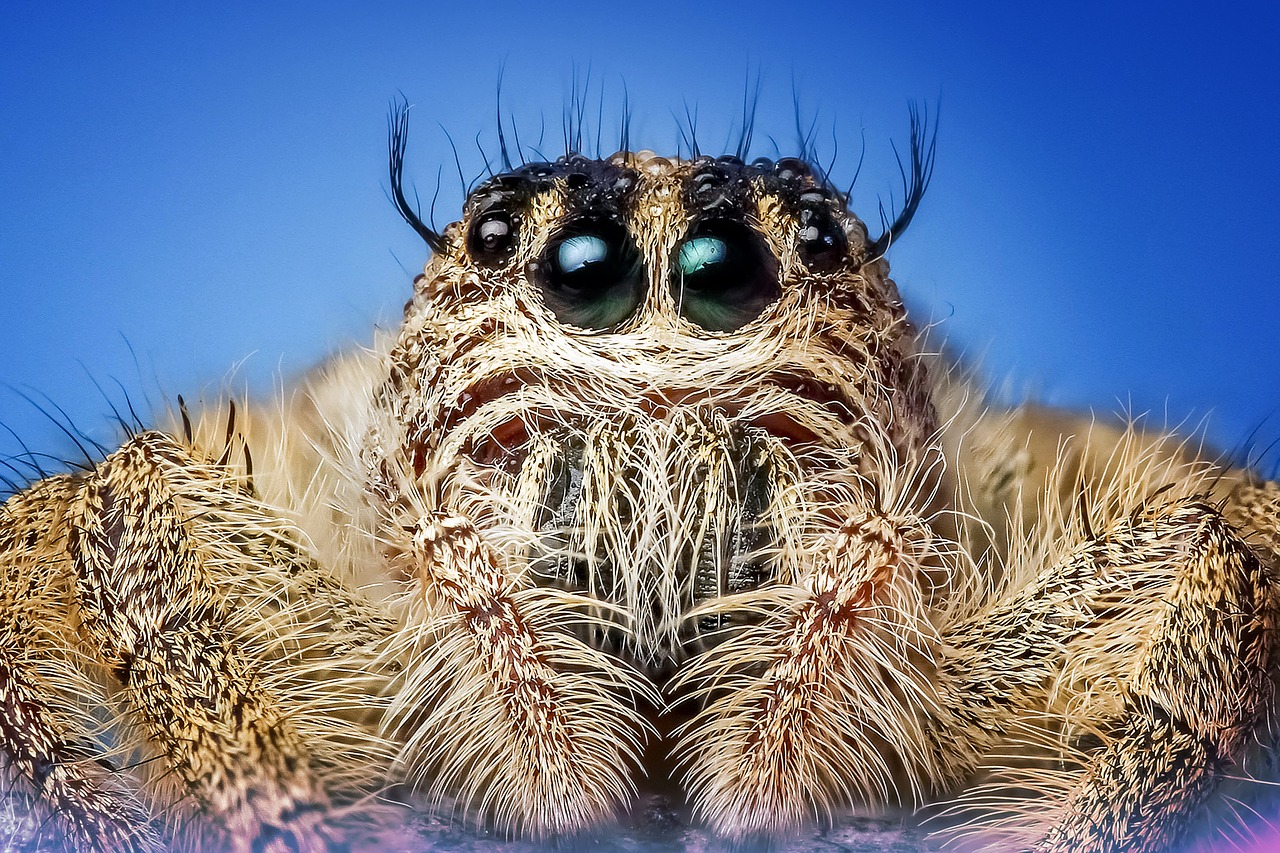
All About Spiders
Wondering how to get rid of spiders in your house? Well, if you read this article, you’ll learn about spiders in a different light. You already know where spiders live…in your home, right? Well, that’s not the only place you can find them. Keep reading…there’s a lot more to spiders than just eight legs...
